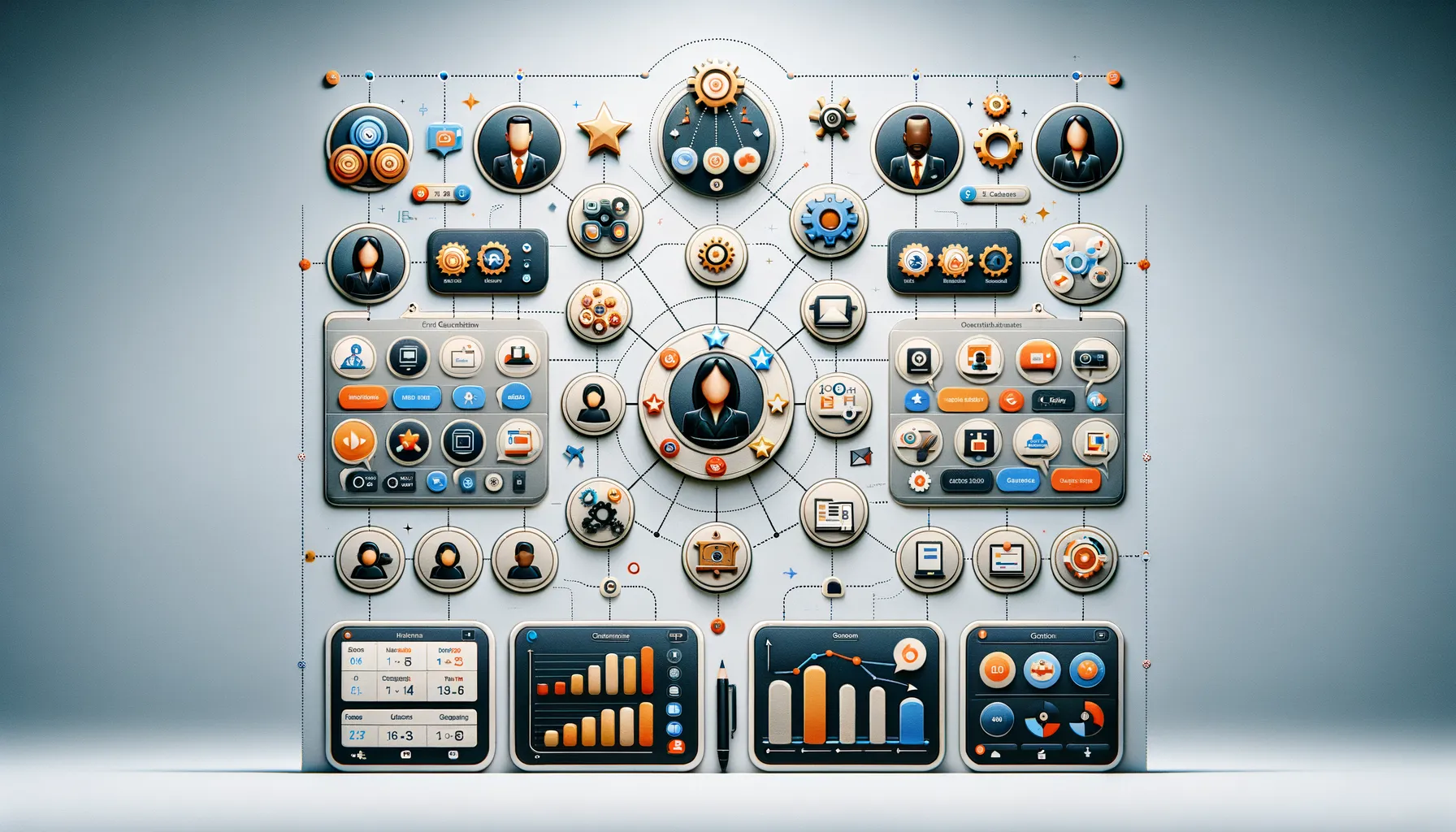Key Features of Effective Remote Work Collaboration Apps
What Makes a Remote Work App Truly Stand Out?
When it comes to remote work collaboration, not all apps are created equal. Let’s be real—how often have you found yourself bouncing between tools, praying for just one that “gets” your team? The secret lies in a few *key features* that transform good apps into absolute game-changers.
First, let’s talk about **user-friendly interfaces**. If you need a PhD to navigate an app, it’s already a flop. Think clean dashboards, intuitive menus, and functionality that feels second nature—even to the least tech-savvy on your team.
Another must-have? **Real-time communication tools**. Whether it’s instant messaging, video calls, or live comments on documents, the ability to stay connected as if you’re all in the same room is a non-negotiable.
- Seamless integrations: Your app should sync effortlessly with tools like Google Drive, Slack, or Trello. Nobody has time for messy workarounds.
- Customizable notifications: The right balance of updates keeps you in the loop without the dreaded notification overload.
Lastly, top-tier apps prioritize **data security**. Sure, collaboration is vital—but so is protecting your ideas from prying eyes.
Think of these features as the “DNA” of collaboration apps: without them, they’re just another noisy addition to your phone.
Top Mobile Apps for Seamless Team Collaboration

Unleashing the Power of Teamwork on Your Phone
In a fast-paced world where deadlines sneak up like stealthy ninjas, having the right mobile apps can be your team’s secret weapon. Let’s face it, no one likes endless email threads or searching for that *one document* hidden in the depths of your inbox. That’s why these apps are here to save the day—and your sanity.
Ever tried Slack? It’s like walking into a buzzing café where all your teammates are hanging out in neatly organized “channels.” Whether you need to brainstorm or just share a silly meme, it’s all there. And don’t sleep on its integrations—you can link tools like Google Drive or Zoom faster than you can say, “Where’s that file?”
But wait! There’s also Asana. Think of it as your digital project manager. From assigning tasks to tracking deadlines, it’s the kind of app that helps you keep promises and crush goals—all while sipping on your morning latte.
- Trello: Visualize your projects with colorful boards. Drag, drop, done!
- Microsoft Teams: Meetings, chats, and collaboration—your office in your pocket.
Pick your favorite, dive in, and watch your teamwork flow smoother than ever before!
How to Choose the Right Collaboration App for Your Needs

Pinpoint Your Collaboration Priorities
Choosing the perfect collaboration app is like finding that one pair of shoes you can wear everywhere—stylish, comfortable, and made just for you. First, ask yourself what your team *really* needs. Are you after crystal-clear communication? Or maybe seamless file sharing is your holy grail? Don’t get lost in fancy features; focus on tools that mesh with your workflow.
For example, if your team often juggles projects, look for apps with robust task tracking, like **Trello** or **Asana**. If brainstorming is your style, a whiteboard collaboration tool like **Miro** can work wonders. The idea here is to let your specific goals steer the ship.
Pro tip: Pair a call-heavy setup (like **Zoom**) with a messaging-focused app (**Slack**) to cover all bases. One size rarely fits all!
Integrations and User Experience Matter
You know that clunky coffee machine at the office nobody uses? That’s what a poorly designed app feels like! Look for sleek, intuitive interfaces that don’t require hours of tutorials. *Bonus points* if the app syncs with favorites like **Google Drive**, **Dropbox**, or **Outlook**—because switching between platforms should feel seamless, not exhausting.
And don’t forget scalability. What works for five people might crumble under fifty. Always keep an eye on growth potential, ensuring today’s choice doesn’t cap tomorrow’s success.
Comparative Insights into Popular Collaboration Tools

Battle of the Giants: Comparing Collaboration Titans
When it comes to choosing the best mobile collaboration tool, we all want a solution that feels like an extra team member—organized, adaptable, and always there when you need it. But which app truly earns a gold star? Let’s dive in and compare a few standout contenders.
Slack, for instance, is like the chatty colleague who keeps everyone connected. With threaded conversations, integrations galore, and lively emojis, it shines for teams craving constant communication. Yet, its avalanche of notifications might leave some feeling more swamped than supported.
Meanwhile, Microsoft Teams takes center stage for those immersed in the Microsoft 365 universe. It’s powerful and comprehensive—a Swiss Army knife of video calls, file sharing, and project collaboration. However, its interface isn’t always intuitive, especially for first-time users.
Here’s a quick breakdown to sum things up:
- Trello: Visual boards make task organization a breeze, but it can lack depth for complex projects.
- Zoom: The king of virtual meetings, yet not ideal for long-term document or task collaboration.
Every app has its quirks, just like every team. Which one feels like your perfect match?
Future of Mobile Collaboration Apps and Emerging Trends

The Rise of AI-Powered Collaboration
Picture this: it’s Monday morning, and instead of sifting through endless emails or toggling between apps, your mobile collaboration app predicts exactly what you need to focus on. That’s not science fiction—it’s the future of collaboration fueled by AI and machine learning.
Emerging tools are already evolving to include features like smart scheduling that learns your team’s preferences or real-time transcription with multilingual support. But the real magic? AI that prioritizes tasks based on deadlines and even suggests who might be the best person to tackle them. Imagine having a virtual assistant built into your workflow—goodbye chaos, hello productivity.
- Automated insights that analyze project trends.
- Dynamic language translation for global teams in real-time.
- Voice-activated commands for hands-free efficiency.
Beyond Apps: The Ecosystem of Integration
The future isn’t about individual apps but interconnected ecosystems. As remote collaboration grows, mobile tools will pivot to integrate with wearables, AR devices, and even IoT gadgets. Picture receiving Slack notifications on your smartwatch while brainstorming with teammates via an AR headset on the go.
Your virtual whiteboard might sync with data points from CRM software or project trackers like Trello, turning once-isolated systems into a seamless web. It’s collaboration without borders—and without limits.






